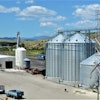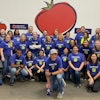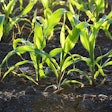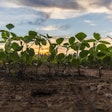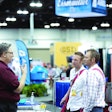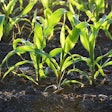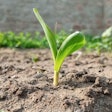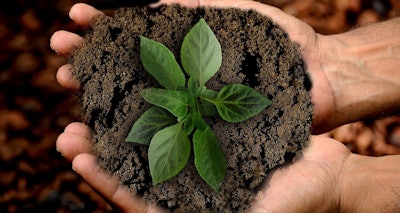
There has been a year gap between this year’sInternational Production and Processing Expo (IPPE)and the last.
One of the most significant changes between this year and 2020 is a single word -- sustainability.
The consumer demand for more sustainable practices in animal agriculture production has trickled down the supply chain and become an operational issue for big and small companies.
Feed manufacturing companies face more pressure than ever before to adopt sustainable practices. But where does a company start the process of becoming more sustainable? What does being sustainable mean? Both are questions the animal feed industry has to ask itself, and there won’t be a single answer.
Sustainability has become an all-encompassing buzz word, but at its core, it’s based on the idea that the world's resources are finite and can only be replenished so fast. You may have heard of “Earth Overshoot Day,” which is the day every year when scientists estimate that humans have used more resources than the earth can replenish. It fell on July 29 in 2021. The goal of sustainability is to eliminate “Earth Overshoot Day” and have humanity consume resources at the same rate the earth replenishes them.
Sustainability is a broad term, but consumers are demanding it. When Simon-Kucher & Partners conductedThe Global Sustainability Study 2021, they found that 85% of consumers say they’ve gone “greener” with their purchases, and a third are willing to pay more for products that are made with more sustainable practices.
This trend is expected to increase as millennials move into their prime earning years and Gen Z makes its way into the workforce.
You may have seen headlines of large agriculture companies implementing sustainability practices,Bartlett Launches Sustainability Project,ADM Sets Sustainability GoalsandCargill Makes Progress with Sustainability Goals.
These companies have seen the numbers and know that being more sustainable and having a more extensive selection of sustainable products will help their bottom line. As consumers demand more of them, companies at the end of the animal agriculture supply chain are demanding change from further down. While many of these demands will be made of the producers, the feed industry will have its fair share.
TheAnimal Agricultural Sustainability Conference Summitat IPPE gave the three associations that put on the show, the American Feed Industry Association (AFIA), the North American Meat Institute (NAMI) and the U.S. Poultry & Egg Association (USPOLTRY), a chance to layout their efforts to make their members sustainability journeys easier.
The second speaker at the summit was Constance Cullman, president and CEO of the AFIA. Cullman spoke on what AFIA and its public charity, the Institute for Feed Education & Research (IFEEDER), are doing to help its members become more sustainable. Cullman admits that the association and the industry are still starting their sustainability story.
IFEEDER is currently working on aSustainability Road Mapto help guide feed companies of all sizes on sustainability best practices. The map will also help unite the feed industry on what it presents to the public as sustainability best practices.
Every feed manufacturer will soon need to communicate not just the quality of their feed but where the feed mix’s ingredients come from and how the mill reduced the environmental impact of creating that feed.
Cullman said the feed industry is still at the beginning of its sustainability story but also noted that the feed industry has an opportunity to lead animal agriculture in telling its sustainability story as the only section of the animal agriculture supply chain that deals with every type of animal protein.

.jpg?auto=format%2Ccompress&crop=faces&fit=crop&h=48&q=70&w=48)
